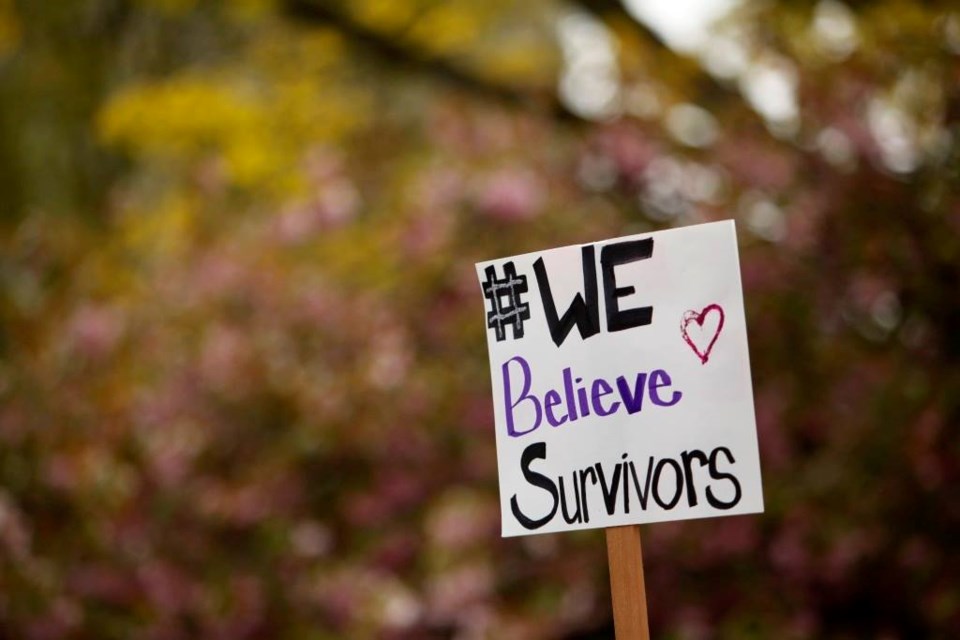B.C. organizations aiding sexual assault victims continue to report persistent high levels of demand more than three years after the COVID-19 pandemic exacerbated problems in accessing timely support.
Angela MacDougall, executive director of the Battered Women’s Support Services (BWSS), says her Vancouver-based group is among the 83 per cent of “sexual violence organizations” reporting “increased or consistently high demand for sexual violence support services compared to pre-pandemic levels,” according to a recent survey by the Ending Violence Association of Canada (EVA Canada).
“I’m exhausted; it’s been a lot but we have an incredible team,” MacDougall told Glacier Media.
MacDougall said demand for services such as counselling has risen about 300 per cent, between March 2020 and March 2022. In total, the group fielded over 94,000 calls in that time by committing over 28,000 volunteer hours.
BWSS runs a crisis line and helps provide counselling and victim services, professional training connections, legal education and research and policy analysis, among other services that may also be specifically geared to more vulnerable women.
Organizations such as BWSS are reporting an increase in “compounding” challenges that are leading to more sexual assaults, such as lack of affordable housing, unemployment, poor health, deteriorating mental well-being and increasing addictions.
And the high demand is stressing support staff, with 46 per cent of organizations reporting staff taking leaves for stress and illness. Furthermore, 50 per cent of organizations are facing difficulties recruiting qualified staff.
All this leads to greater wait times and the EVA Canada survey suggests, “long wait times jeopardize the window of opportunity for treatment, as survivors who must endure a prolonged hold on a waitlist may no longer be ready for support when they finally get the call to be seen.”
MacDougall said the global pandemic brought a “moment of recognition for gender-based violence and assault within relationships.”
“Sexualized violence has been largely under resourced in terms of prevention for decades. There hasn’t been enough funding or support from government, but also in the public consciousness,” said MacDougall.
Last year the provincial government announced a $10-million annual fund for support service providers such as BWSS — something that is appreciated by MacDougall but “doesn’t go far enough.”
MacDougall notes that sexual violence against women is a precursor to femicide, the murder of a woman motivated by hate against women. Eighty-seven per cent of these murders occur inside a woman’s home, at the hands of their intimate partner, statistics show.
In 2022, 184 women and girls were murdered, primarily by men. According to the Canadian Femicide Observatory for Justice and Accountability, Canada has witnessed a 27 per cent increase in murdered women and girls, when compared to 2019. Of the 184 victims in 2022, the accused was male 88 per cent of the time.
Not all sexual assaults are against women but the statistics lean heavily in that direction: Statistics Canada reports the rate was more than five times higher among women (50 per 1,000) than men (nine per 1,000).
But most female victims of sexual assault don’t want to report to police, said MacDougall.
“Most want to kind of deal with the impact of what’s happened. It’s a trauma and an intimate trauma. So there’s a first stage of getting a grip on what’s happened,” she said.
The B.C. government provides information online on several avenues to take if you are sexually assaulted.




